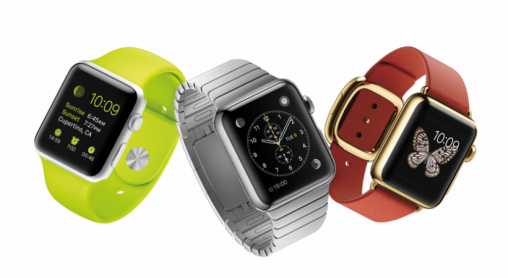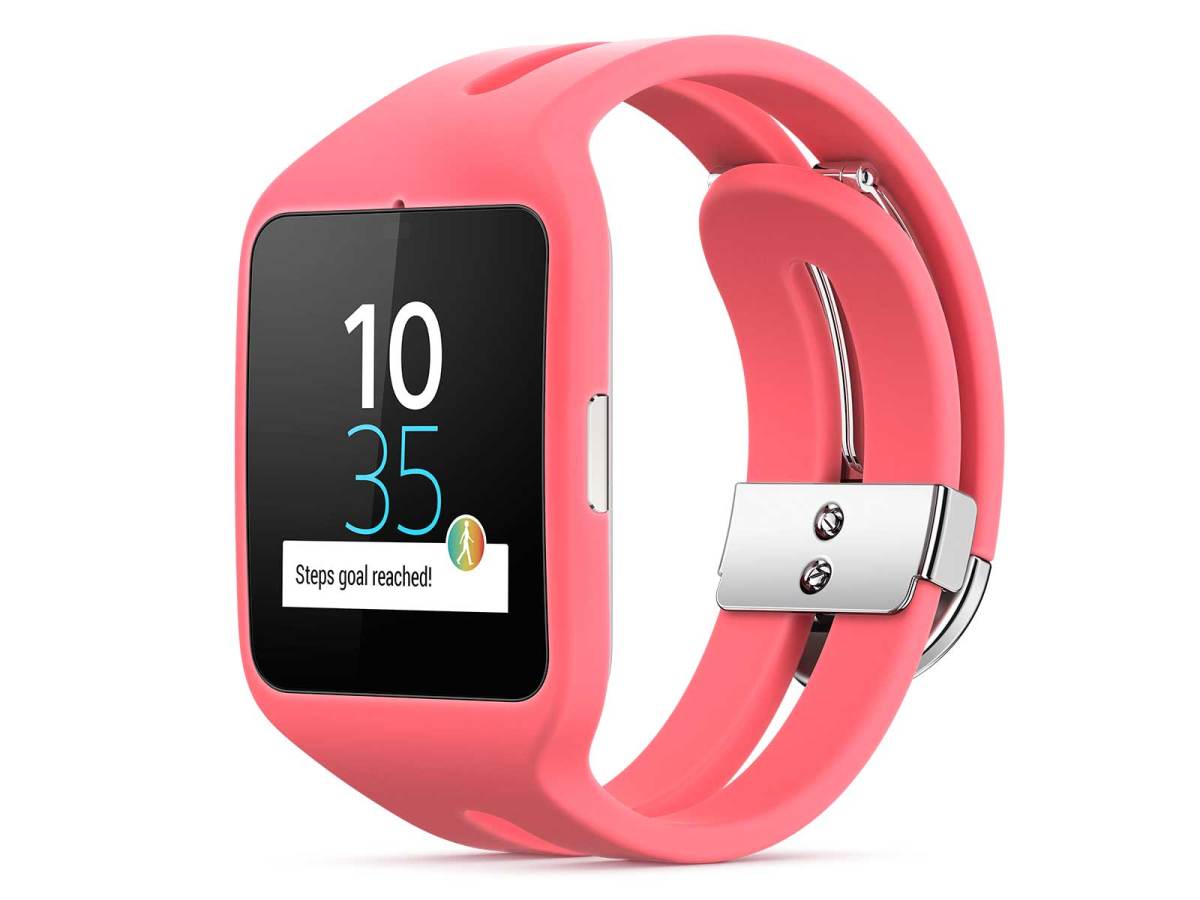The commercial success of the wristwatch has its roots in the wars of the late 19th and early 20th centuries, when their form factor distinguished them as an effective tool for timing military procedures; a simple flick of the wrist to view the time proved far more practical than consulting a pocket watch during battle.
In 1904 Cartier created the Santos — an early wristwatch for the Brazilian pilot Alberto Santos Dumont after he complained to his friend Louis Cartier about the difficulty of checking his pocket watch during flight.
Widespread acceptance of the wristwatch as a useful and fashionable item for both men and women came about during World War I; one small change in the enormous societal shifts that came about as a result of the conflict. Again Louis Cartier provided a timely example in the birth of the trend, creating The Tank in 1917 — a wristwatch inspired by its military namesake.
Now a fashion accessory and a status symbol, the wristwatch still makes sense because it follows the oldest design mantra: form follows function. One doesn’t need to be flying a 110 year-old light aircraft or be climbing out of a trench to appreciate the ease of glancing down and knowing the time.
Designer and futurist Jeff Julian adds three extra words to this saying, demonstrating the importance of human habits in product design: “form follows function, dictated by ceremony” (emphasis added).

In 2014 with major brands entering the smartwatch market, often dismissed as a fad, this ‘ceremony’ as Julian calls it, provides an insight into how consumers may react to wearable technology products.
“Now the phone is still a phone, the watch is still a watch… [But] if you look at kids they don’t wear watches like they used to because they have a pocket watch. It’s called a phone,” Julian said.
However, Julian said, consumers are reluctant to do away with the ceremony of wearing a watch for time keeping, saying ‘how many times a day do I bother to take my phone out of my pocket and risk dropping it just to tell the time?’
“If you think about the smartphone as a time device, the ceremony is wrong because, yes I have this functionality [to tell the time] and I have this great form factor but without the ceremony of just being able to flick my wrist for two seconds just to see what time it is.” He said the wristwatch is successful because the form factor addresses the ceremony of the “deed” that you want it to do.
Julian provides useful background into the relationship between smartphone and wearable.
“There has always been this kind of futurist world in the design world, going back to the late 80s — way before my time in this industry — there was always this idea of a one single device that would do everything and it was always conceived of as a digital wallet, because the wallet was the thing that everyone carried.
“Then PDAs came on board with calendars. Until the late 90s nobody had even a glimpse that the phone was going to be the way to go, that it would eventually become your wallet, your PDA and all these devices,” he said.
Smartwatches aren’t going to replace the smartphone, but be part of an ecosystem of connected devices and each device will address the ceremony of what you use them for.
“We will see more and more devices put where they need to be, and the phone can sit in your pocket as the heavy computer that is making everything happen.”
“It totally shatters whether it is a phone, whether it is a wristwatch or a wearable. It’s just I want to have these abilities and this is the best place for these abilities to exist and some of those are using old form factors like a watch, some of those are going to use completely brand new technologies.”
When faced with a brand new technology consumers will ask themselves — probably subconsciously — ‘Is this intuitive to use? And, does this fit with the ceremonies I enjoy?’

